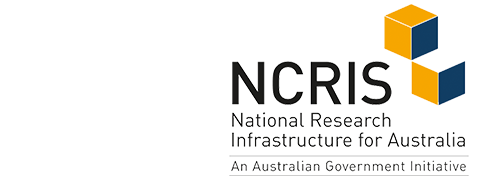Microdevices developed in New South Wales are improving our methods of monitoring radiation, providing a better way to ensure the safety of people working in radiation-filled environments.
Researchers at the Centre for Medical Radiation Physics (CMRP) at the University of Wollongong have designed a new generation of devices using ANFF-NSW equipment that better represent biological tissue, and in turn provide a more accurate evaluation of a person’s exposure to radiation.
People are exposed to radiation in a number of ways, but the amount varies depending on their profession. Two examples include nuclear power plant, which could be at risk from the radiation in a nuclear facility, and aircraft crew, who endure heightened exposure to cosmic radiation, a type of ionising radiation caused by highenergy particles originating in space. Increasing a person’s exposure to radiation also increases the risk of radiation-related sickness — primarily cancer. It’s therefore something that employers need to keep an eye on.
In order to truly understand the risks these people face, accurate monitoring of the radiation fields are required. Proper measurements of the radiation levels can help officials to impose restraints on work-hours, minimising the risk of overexposure or sickness. One of the most accurate devices to measure radiation is a tissue equivalent proportional counter (TEPC). This incorporates a sphere filled with a low-pressure, tissue-mimicking gas, also called a sensitive volume (SV).
“By changing the pressure of the gas, it can simulate the density of a sphere of tissue with a 1 μm-diameter,” explained Dr Linh Tran, who carried out the research. “However, in reality this gas chamber has a size of 5–10 cm,” Linh explained. “This means it is impossible to make an array of gas chambers to mimic micronsized cells.”
Linh and her colleagues proposed a new method of measuring radiation via an array of microfabricated SVs, addressing the shortcomings of conventional techniques with a concept called silicon microdosimetry — one of the inventors of which is the CMRP’s director, Professor Anatoly Rozenfeld, who led the team.
A silicon microdosimeter is extremely small. Each SV measures 10 μm3, so the team were able to fabricate thousands of them on a millimetre-sized sensor. “The spatial resolution of this device is also much better than the TEPC when we have to move the detector within micron increments to take precise measurements,” Linh said.
The team designed its second generation silicon microdosimeter using Synopsys’ Technology Computer-Aided Design (TCAD) software — one of four specialised design programs available through ANFF’s Design House — and partially fabricated the device at ANFF-NSW at UNSW. The node has previously assisted in mask fabrication, diffusion and annealing processes, aluminium sputtering, chip testing, and packaging as the team at the CMRP manufactured several prototype versions of their microdosimeters.
These proposed devices are of great interest to medical radiation facilities for radiobiological effectiveness studies and can be used as radiation dosimeters for protection in mixed radiation fields such as aviation, space, and nuclear power sites.




